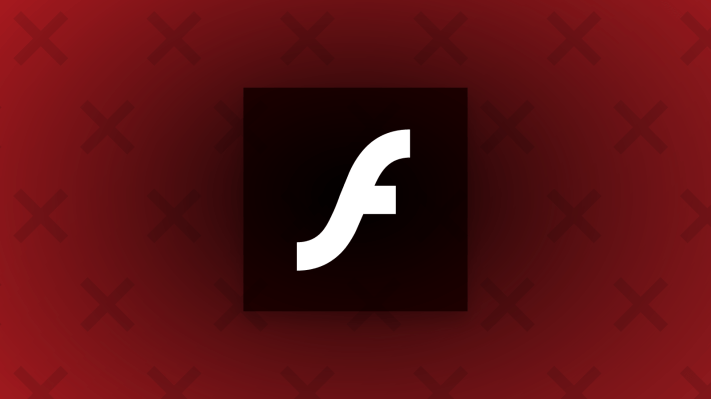Adobe Flash needs to die. And it’s starting to look like 2016 might be Flash’s last year. Starting with macOS Sierra, Apple will disable the Flash plugin by default if you ever installed it on your Mac by mistake. And this move should have many advantages.
First, Flash suffers from so many exploits that it’s hard to keep track of all of them. Somebody found yet another exploit just yesterday, and Adobe is playing catch up once again in order to fix it as quickly as possible.
Second, Flash kills your battery. I don’t know why, but it looks like the plugin isn’t optimized for modern computers. Every time Flash is running, you lose a bit of battery life.
Third, chances are you don’t need Flash anymore. All the websites you know and love are already optimized with HTML5 video players and modern web technologies. YouTube? HTML5. Soundcloud? HTML5. TechCrunch videos? HTML5.
Now there are some notable exceptions. Facebook live streams and Periscope videos still require Flash for example. But I hope it’s just a matter of time before they all drop Flash.
And it’s true that everybody hates Flash now. Safari will disable Flash in macOS Sierra. If a website requires Flash (or other obsolete plugins like Quicktime and Silverlight), Safari will ask you if you’re really sure you want to activate this plugin. Chrome will do the same thing in Q4 2016. Microsoft Edge pauses non-essential Flash content now. Even Adobe probably wants to abandon Flash.
In other words, the writing is on the wall. And if you want to be slightly ahead of the curve, you can already uninstall Flash from your Mac. Flash is bundled with Chrome so that Google can update it as quickly as possible to fix exploits. So you can use Safari or Opera as your main browser without Flash and fire up Chrome when you need Flash every other month.

